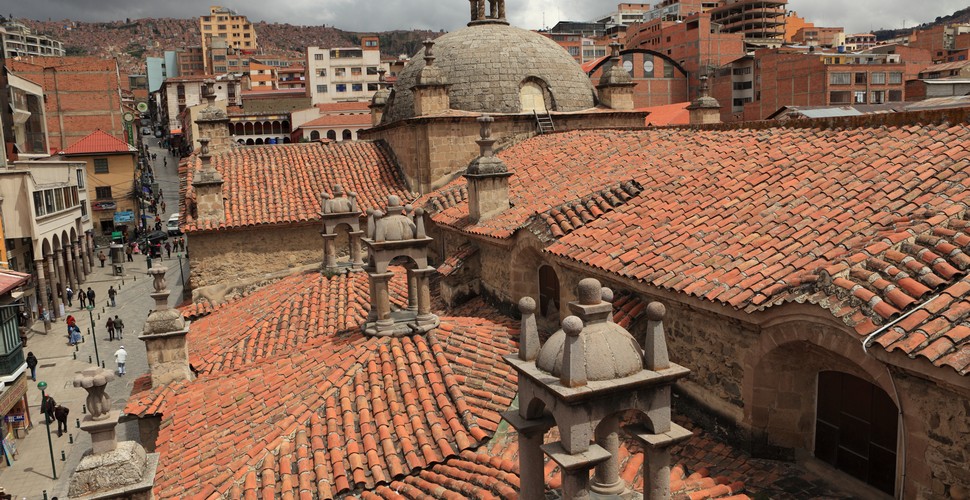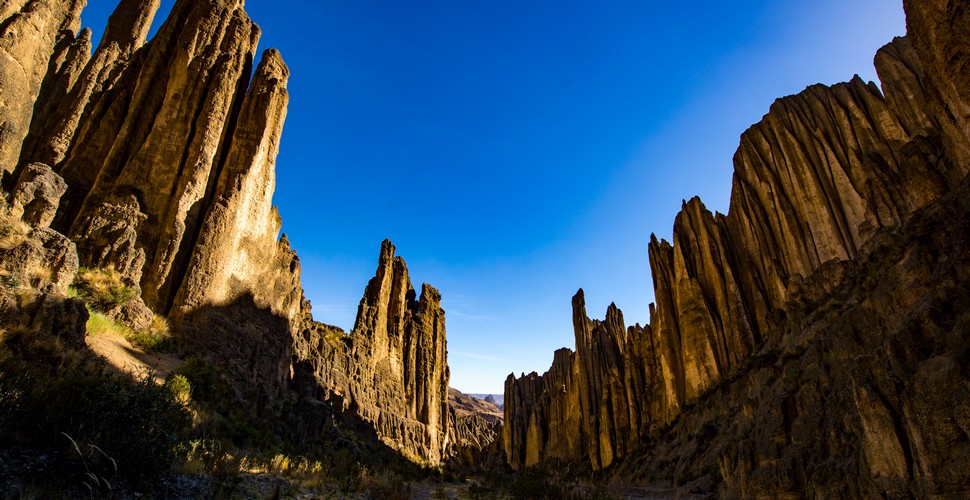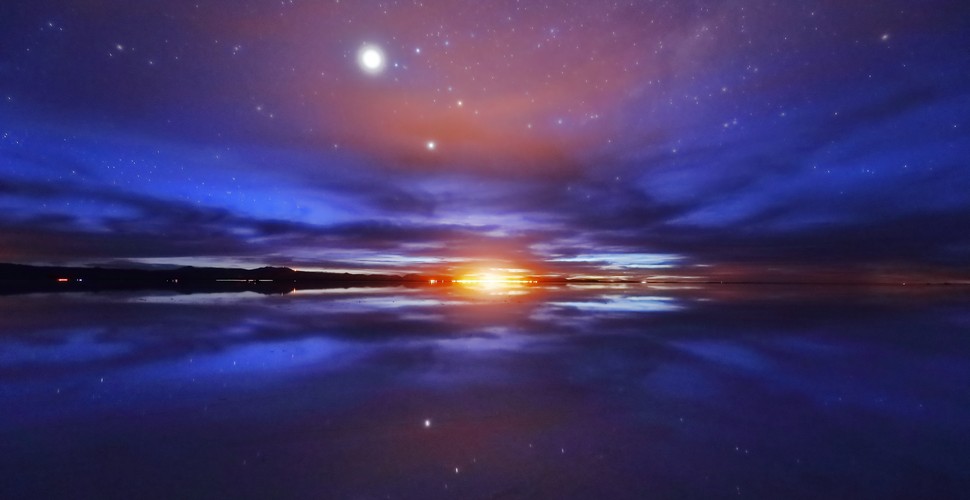
The Sun Island, La Paz and Uyuni Tour
Written by:Valencia Travel
Last Update: 2025-01-14
Bolivia is an incredible land not on many people’s radar and a land of impressive adventure travel. There are a vast number of ecosystems and landscapes to explore, not to mention, a unique indigenous culture to get to know more intimately. Of everything this country has to offer, Lake Titicaca, and The Salar de Uyuni are Bolivia’s most distinctive sights to visit on a vacation to Bolivia.
La Paz Rooftops
The Sun Island
The beautiful Sun Island is believed to be the birthplace of the Inca Empire. On the northwestern end of the island is a rock that is worshipped as the place where Manco Kapac and Mama Ocllo (the children of the god Viracocha) were born, who went on to found the mighty Inca civilization. Today on this island you can see agricultural terracing that pre-dates the Incas, the remains of an Inca temple and a fountain that offers eternal youth, as well as traditional communities of over 5,000 people and grazing llamas. With an unparalleled view over Lake Titicaca, this is one of the signature destinations to visit on a trip to Bolivia.
Sun Island
The La Paz City Tour
This tour of The Sun Island, La Paz, and Uyuni, will begin with the natural scenic lookout of Quilli Quilli, which boasts the best panorama of southern, central, and northern La Paz as well as the slopes of the surrounding peaks. During Tupac Katari's 1781 siege of Colonial La Paz, this spot was both a lookout point and a prison.
At a height close to 3,700 meters elevation, in The city of La Paz, you will visit the famous Witches Market. This unique market teaches us about the typical Andean rituals, such as blessings to Mother Earth, as well as asking for a prosperous and fertile upcoming year. The San Francisco Church, is a great example of colonial architecture, and teaches us a little about the Baroque mestizo decoration and inside, the beautiful colonial paintings. One of the most emblematic streets of La Paz is La Calle Jaen. It is distinguished from other streets by preserving its colonial architecture and offers the opportunity to learn a little about the history, within the different museums that are located there. The Plaza Murillo is the epicenter of modern Bolivian politics and it has certainly seen its share of events, from the first uprisings of the mestizo class in all of South America to recent political events, the history of Bolivia is proudly on display in this plaza.
La Paz Streets
The Moon Valley
The Valley of the Moon is a protected area and geological formation of the city of La Paz, it is located about 10 kilometers from the center of La Paz. The Valley of the Moon is formed due to the erosion that has consumed the upper part of a mountain, due to the clay soil. Over the centuries the winds and rains have molded this spectacular and unusual landscape of white towers. Forming sandstone monoliths, that were shaped over thousands of years. This gives the place an other-worldly lunar surface appearance.
The Moon Valley
Uyuni
Located in the Southwest of Bolivia, the Salar de Uyuni is found in the Potosi region. This is also near the crest of the Andes, putting it 11,995 ft (3,656 m) above sea level. The Salar is a climatological transitional zone as you move from the Atacama desert towards the Chilean border into the salt flats, forming part of the Altiplano, or high plateau.
Uyuni is the world’s largest salt flat. Being one of the most famous places in South America and receiving more than 90,000 visitors per year, this region is as impressive as you can imagine! The salt flats have an extension of 10,582 kilometers and an altitude of 3,660 meters above sea level. However, what makes this place so unique is the mirror effect caused after rainfall, which fades away the limits between the sky and the land, making it look as if you were walking on the clouds.
Isla Incahuasi is one of the main attractions for most tourists, located in the heart of Salar de Uyuni. The entire place is covered by a native species of cactus, which are hundreds of years old. This island is the top of the remaining part of a volcano that existed when Uyuni was still Lake Minchin, about 40,000 years ago. Isla Incahuasi extends to almost 25 hectares and is the perfect spot for a great view of the salt flats.
Wet Season Salt Flats
Also, visit the Train Cemetery! Near the small town of Uyuni, you will find a group of abandoned trains that date back to the 1940s. These trains were left here to rot after the collapse of the mining industry. You will be able to explore the Train Cemetery and take awesome pictures as if you were coming out of an apocalyptic world!
Salar de Uyuni by Night
Book the magnificent Sun Island, La Paz, and Uyuni Tour here!
 Aventure
Aventure
 Cultural
Cultural
 Gastronomy
Gastronomy
 Wellness
Wellness
 Local Living
Local Living
 Luxury
Luxury













